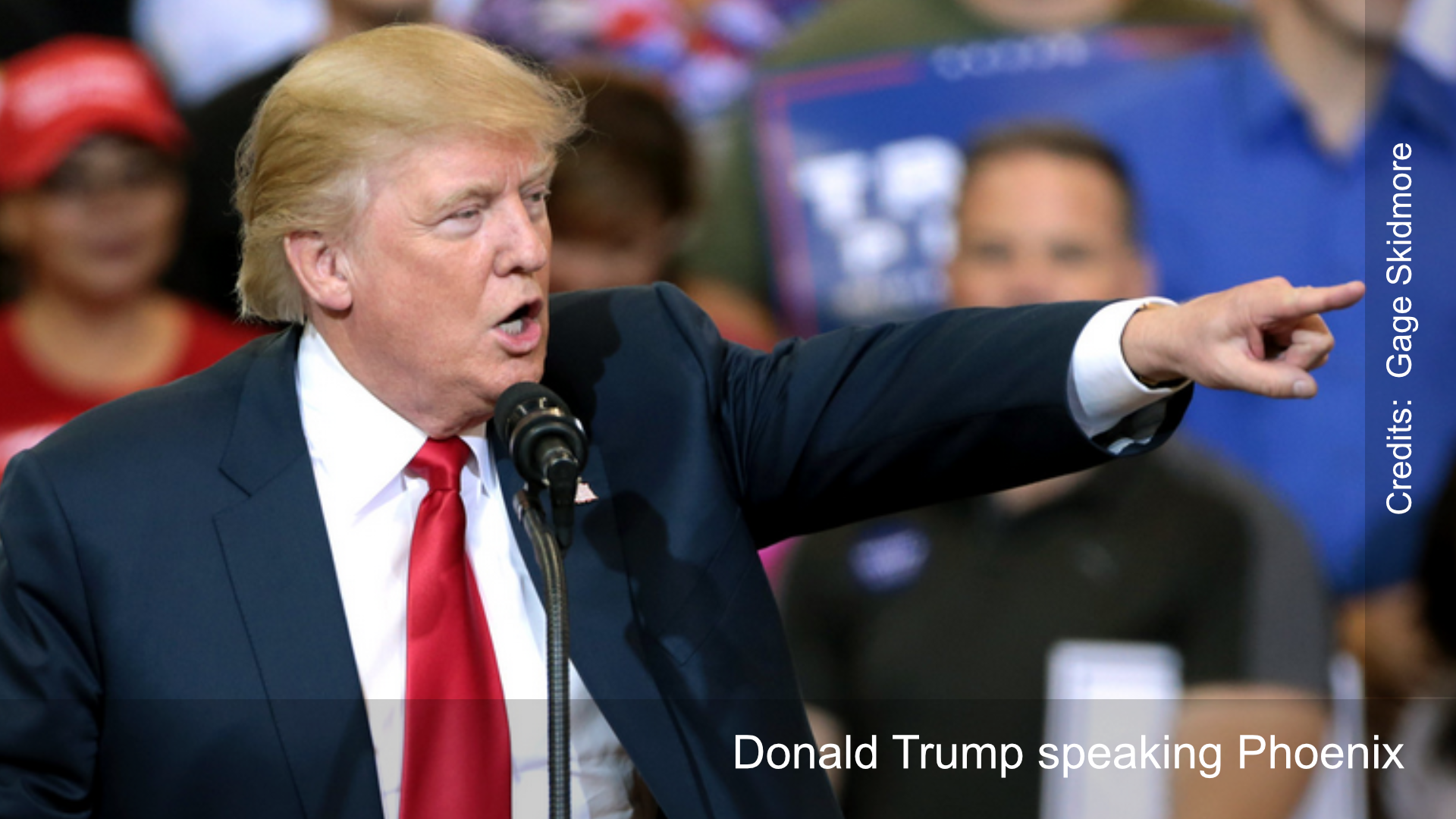Former President Donald Trump has unveiled a series of ambitious tax proposals as part of his campaign for the 2024 presidential election. These proposals include eliminating taxes on tips, Social Security, and overtime pay, as well as reducing corporate tax rates. While Trump argues that these measures will stimulate economic growth and improve Americans’ financial standing, questions remain about their feasibility and potential impact on the federal budget.
- Donald Trump has introduced a tax plan for the 2024 election, proposing to eliminate taxes on tips, Social Security, and overtime pay, alongside reducing corporate tax rates to 15% for domestic production.
- These proposals aim to stimulate economic growth, but external estimates suggest they could add between $6 trillion to $10 trillion to the federal deficit over the next decade.
Trump’s tax plan has sparked debate over its potential cost, with estimates from external economic analyses suggesting a budget shortfall ranging from nearly $6 trillion to $10 trillion over a decade. Despite these concerns, a senior adviser from Trump’s campaign insists that the plan will curb wasteful spending, defeat inflation, and spur economic growth, ultimately benefiting the federal revenue.
At a campaign event in Nevada, Trump announced his intention to exempt tips from federal taxes, a promise that resonated with the state’s significant population of tipped workers. However, he has not specified whether this exemption would apply solely to income taxes or extend to payroll taxes, which fund Medicare and Social Security.
In addition to tax breaks for tipped workers, Trump has pledged to eliminate taxes on Social Security benefits for seniors. This proposal has been met with skepticism, as taxes on Social Security benefits contribute to the program’s funding. Critics warn that removing these taxes could hasten the depletion of Social Security funds, potentially jeopardizing future benefits.
Trump’s tax proposals also include a reduction in the corporate tax rate from 21% to 15% for companies that produce within the United States. This initiative aims to incentivize domestic production and create jobs, aligning with Trump’s campaign theme of “putting America first.” However, these tax cuts raise concerns about their long-term impact on federal revenue and the potential for increased deficits.
While Trump’s plans focus on tax reductions, his Democratic opponent, Vice President Kamala Harris, advocates for a different approach. Harris has proposed raising taxes on wealthy individuals and corporations to fund social programs and infrastructure projects. Her plan includes maintaining the 28% corporate tax rate and using additional revenue to support housing and family tax credits.
As the 2024 presidential election approaches, the debate over tax policy is poised to become a central issue. Trump’s proposals, while appealing to certain voter segments, face scrutiny over their potential economic consequences. The upcoming election will test the viability of these ideas and their reception among the American public.





